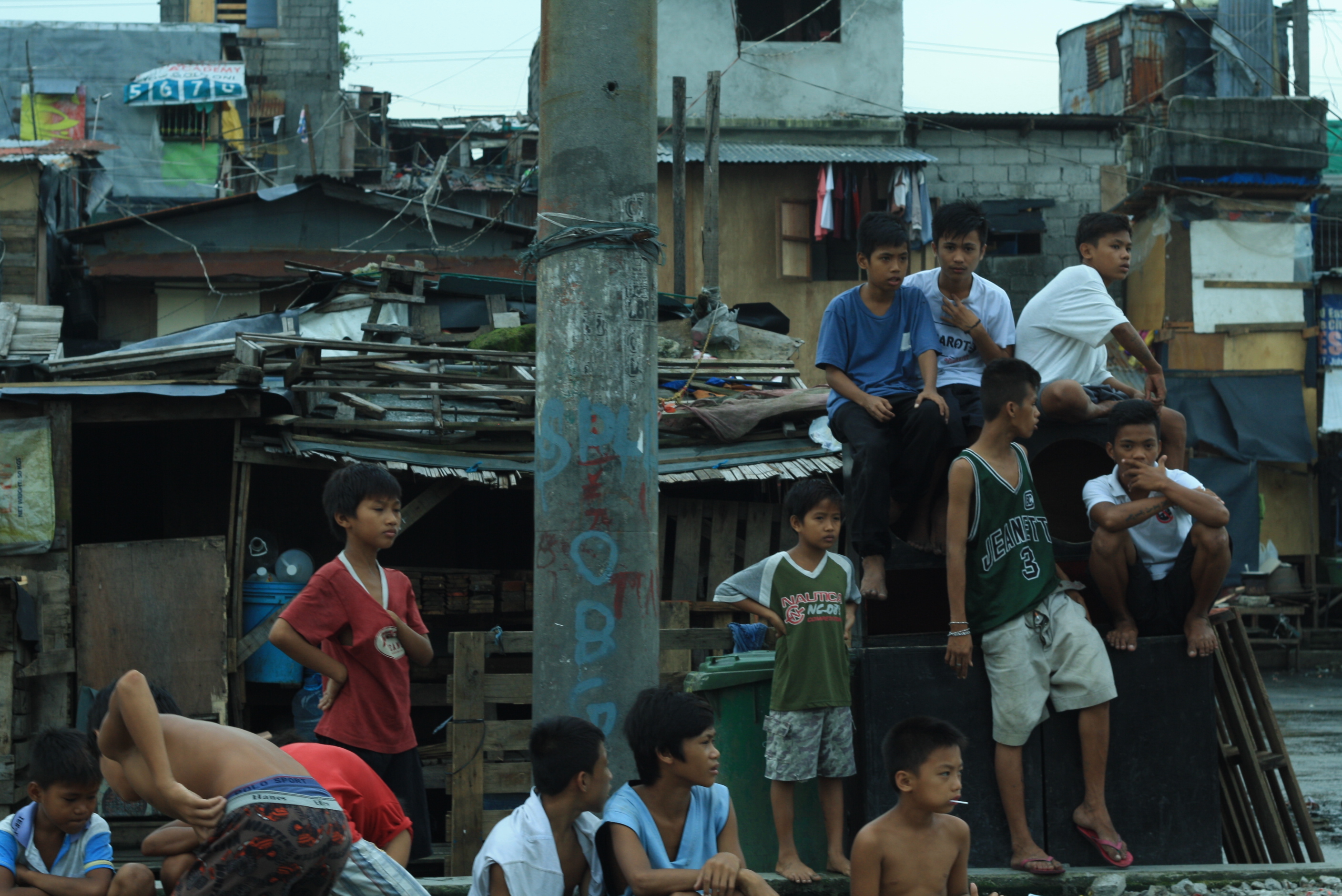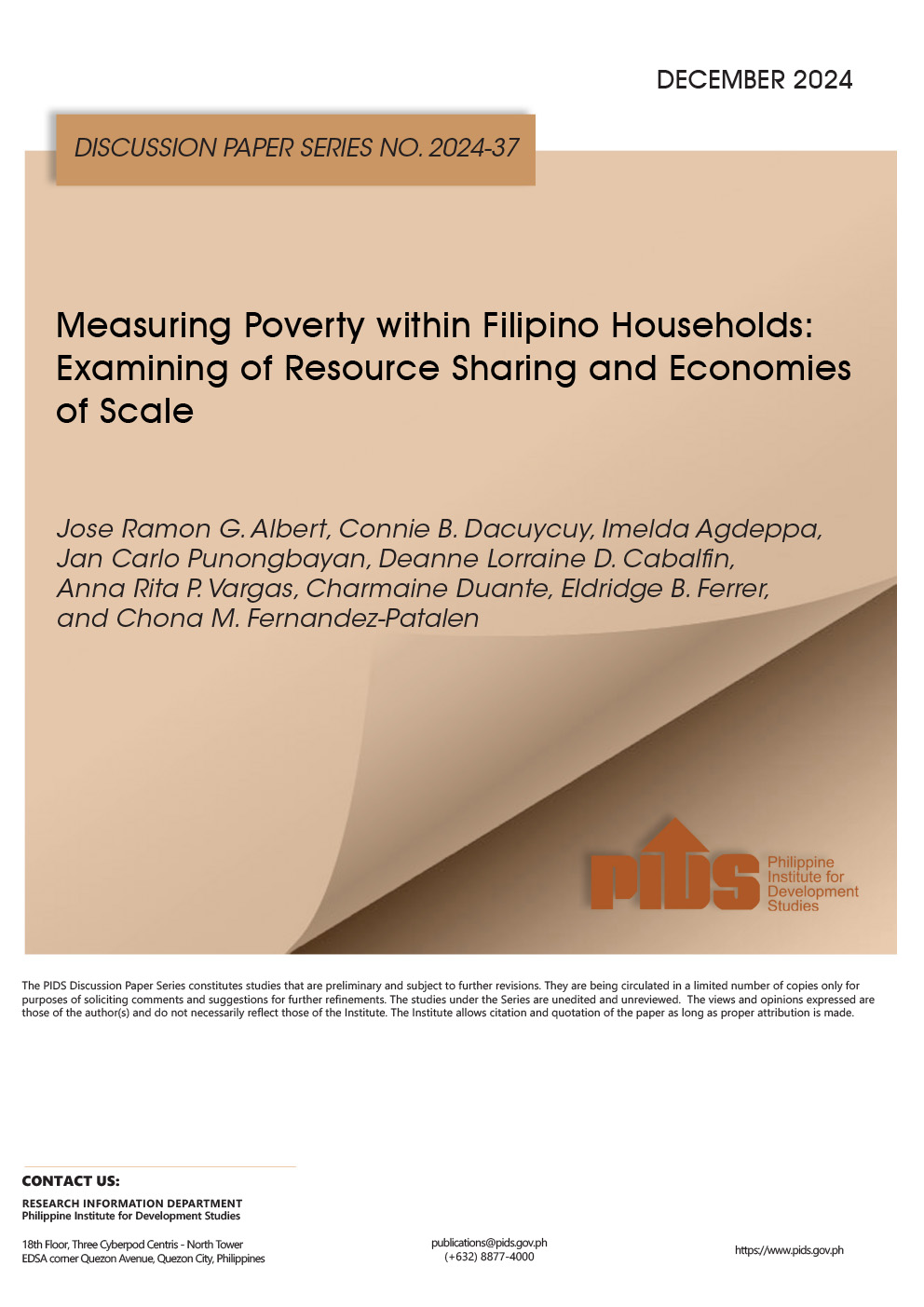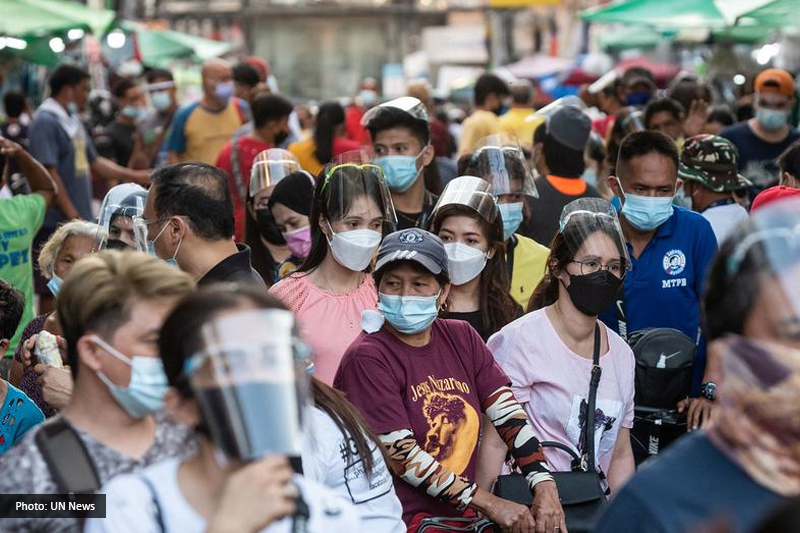
A study by state think tank Philippine Institute for Development Studies (PIDS) revealed that inaccurate data on family income and household expenditure in the country can negatively affect policies on poverty reduction such as the proposed tax reform.
Authored by Senior Research Fellow Jose Ramon Albert, Senior Research Specialist Ronina Asis, and Research Assistant Jana Vizmanos, the discussion paper specifically mentioned two sources of data on household income and expenditures in the Philippines, namely, national accounts and the Family Income and Expenditure Survey (FIES).
Based on the study, the authors revealed that discrepancies in the two estimates are causing poverty to be “overestimated” and income inequality to be “underestimated”, “with much needed resources for poverty reduction going to those who do not need the resources”.
National accounts vs. sample surveys
The economic performance of a country is measured through the national accounts data using the household final consumption expenditure (HFCE). Its variables include the growth and trends in gross domestic product (GDP) and gross national income (GNI)—“an increase in GDP or GNI is interpreted as a sign that the economy is doing well.” To get this, data collected are adjusted based on FIES and other factors.
The FIES, on the other hand, is used to describe poverty conditions using household data based on income or expenditure. Households are considered poor if “their per capita income falls below the official poverty threshold”. It is conducted by the Philippine Statistics Authority (PSA) every three years.
Discrepancies lie on the differences in the definition, coverage, and methodology (with examples in the study), the authors said. In broader terms, the FIES covers a wider range of expenditure items than the HFCE.
Undercoverage, nonparticipation of the ‘wealthy’
According to the study, one of the major culprits for the discrepancy between the two estimates is the inability to capture the expenditures of the wealthy, which ironically, is the target of the new tax reform package.
Under the FIES, households are given a lengthy questionnaire, which can take up to five hours to finish. This, according to the authors, makes it hard to encourage wealthy households to participate.
“People tend to forget their actual income or expenditures. While more questions in a survey may help people jog their memory, having an extremely lengthy questionnaire can be counterproductive since there are many opportunity costs for survey participation to respondents especially from affluent households,” the authors explained.
Meanwhile, national accounts-based data focuses on large transactions, which are harder to accurately capture because households with large transactions are least likely to participate. In the study, restaurants and hotels, for example, would underreport their expenditures, resulting in differences in the “consumption patterns of goods and services from reality,” thus “distorting the ability of survey data to represent the national conditions”.
These conditions led the authors to conclude that income inequality in the country may be underestimated and “the lack of accurate information may have serious implications on studies regarding tax reform that are meant to make the extremely wealthy pay a fairer share of taxes.”
Ways forward
The authors emphasized the need to address these inaccuracies so that efforts to reduce poverty are not wasted. Among their recommendations is to triangulate the estimates or to develop ways to reduce the discrepancies.
They also suggested simplifying the FIES to encourage wealthy households to participate in the survey.
To increase participation rate, it may also help if the FIES is split into family income survey and household expenditure survey to minimize the burden of answering the surveys.
The PSA should also find ways to ensure that their data are fairly consistent to avoid negative implications on planning and policymaking. ###
If you wish to know more about the study, download a copy of the discussion paper from the PIDS website.












